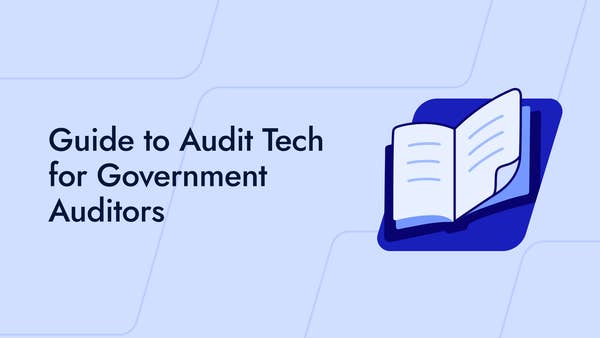- /
- Blog
What is a Single Audit?

The goal is to make sure federal funds are used correctly and follow all relevant laws and rules for each program.
The Importance of a Single Audit
The single audit is a crucial tool for the federal government to ensure that taxpayer dollars are used responsibly and transparently. It checks if organizations getting federal funds are using them properly and following all the rules.
This audit helps both the government and the audited organizations by spotting risks and suggesting ways to do better.
Additionally, the single audit helps prevent fraud, waste, and misuse of federal funds. By finding and fixing any rule violations, organizations can avoid penalties.
Plus, a good single audit can improve an organization's reputation and increase its chances of getting more federal funds in the future.
Components of a Single Audit
A single audit has two main parts: a financial statement audit and a compliance audit. The financial statement audit checks if the organization's financial statements are accurate and fair. The compliance audit makes sure the organization follows the laws and rules for the federal programs it's part of.
Financial Statement Audit
In the financial statement audit, the auditor looks at the organization's financial records, how it controls its finances, and how it presents its financial statements. This ensures the financial statements give a true picture of the organization's money situation.
Compliance Audit Checks
On the other hand, the compliance audit checks if the organization meets the specific requirements of the federal programs it's in. This includes looking at how the organization controls compliance and testing if it follows the program rules. If there are any rule violations, the auditor tells the federal agency in charge of the program.
Process of a Single Audit
Planning
In the first step of a single audit, we plan. We get to know how the organization works, figure out the important federal programs, and decide what we need to check and how.
We also look at the organization's internal control system to see where there might be problems.
During this planning stage, we talk to the organization's management and people in charge. This helps us agree on things like when we'll do the audit, what we'll look at, and who's responsible for what.
Fieldwork
After we finish planning, we move on to fieldwork. This is when we collect evidence using various methods like inspecting, observing, asking questions, and confirming information.
We test if the organization follows federal program rules and assess how well its control system works.
We also examine the financial statements to ensure accuracy. This involves checking calculations, confirming numbers with other parties, and reviewing supporting documents.
Reporting
In the last phase of a single audit, we report our findings. We write a report that includes our opinion on the financial statements and if the organization follows federal program rules. We also mention any issues we found and suggest ways to fix them.
The organization has to make a plan to fix any problems we found. This plan should explain what steps they'll take to fix the issues.
Then, we send the report and the plan to the federal audit clearinghouse. They make them public so everyone, including federal agencies, can see them.
Conclusion
To sum up, a single audit is vital for ensuring federal funds are used correctly. It assures the government, audited organizations, and the public that funds are managed properly and follow the rules.
By grasping the significance, parts, and steps of a single audit, organizations can prepare better and use the findings to enhance their management of federal funds.
FAQs
What is the difference between a single audit and a regular audit?
A single audit is tailored to ensure organizations properly manage federal funds and comply with related laws and regulations. It scrutinizes the use of federal funds and adherence to program requirements. In contrast, a regular audit primarily examines an entity's financial statements for accuracy and fairness, including transactional details and disclosures.
What are the benefits of a single audit?
A single audit offers assurance to the U.S. government that non-federal entities, like U-M, possess adequate internal controls and adhere to program requirements outlined in Subpart F of the Uniform Guidance. This ensures transparency and compliance, reduces costs through consolidation, streamlines processes, and enhances overall governance effectiveness.

